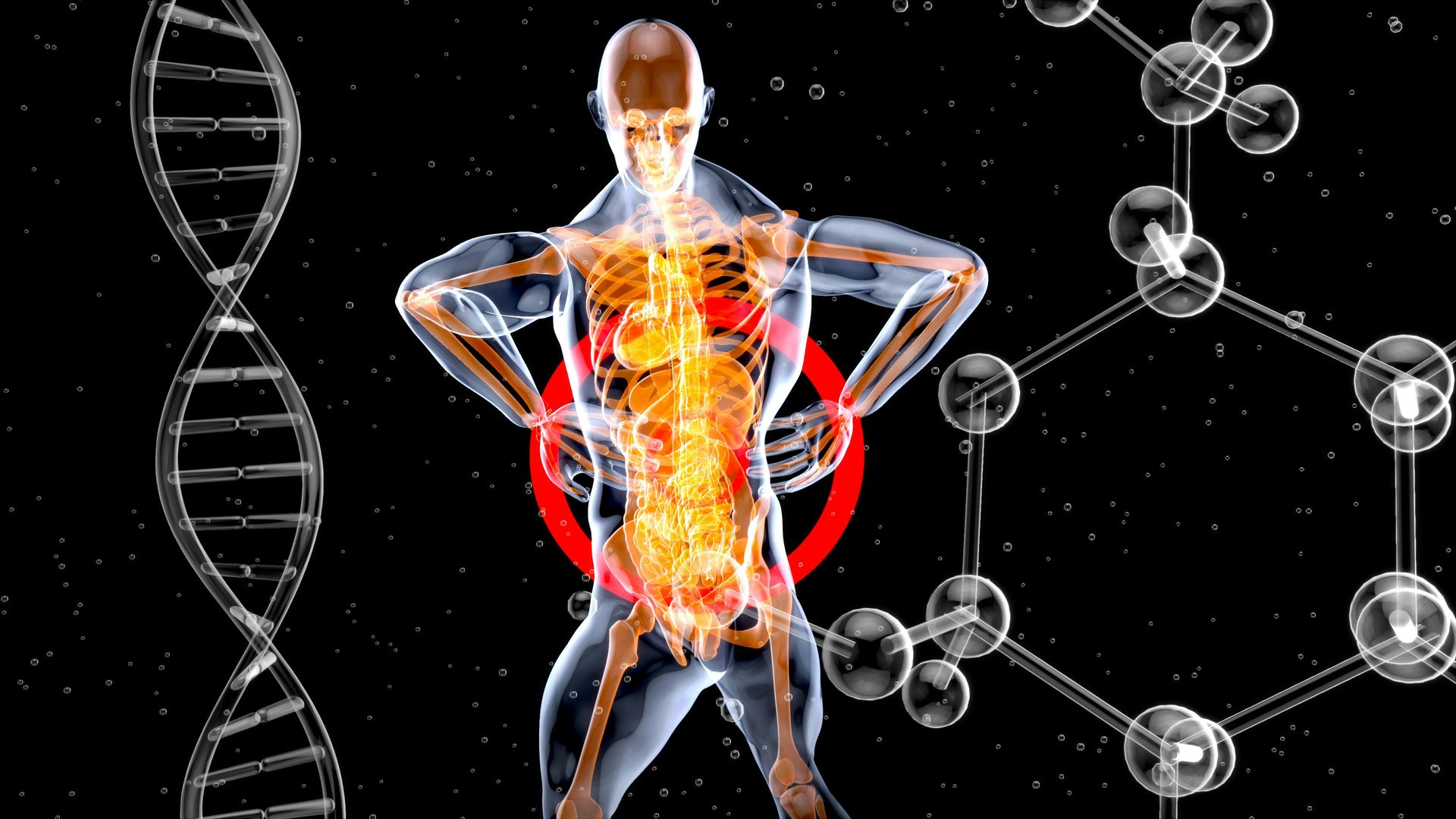
What to do when you think you have a lower back disc herniation?
Acute Disc Herniation Relief: Follow These Simple Steps
Back Pain Chiropractor in Columbia, SC | Soda City Chiropractic
Were you leaning forward while cooking, walking your dog, or simply standing still admiring nature when you suddenly felt a sharp, shooting pain in your lower back? Did you hear or feel a “pop” while bending forward? If so, you may be dealing with an acute lumbar disc herniation. Follow these simple, research-based steps to help relieve pain and begin your recovery process naturally and safely.
Step 1: Determine Your Pain Direction
Your first step is identifying whether it hurts more to lean forward or lean backward.
If leaning forward increases pain, lie face down on your stomach — preferably on the floor or a firm couch. This position helps reduce disc pressure and promote proper alignment of the lumbar spine (May & Donelson, 2008).
Step 2: Perform the McKenzie Extension Exercise
The McKenzie Method of Mechanical Diagnosis and Therapy (MDT) has been shown to help reduce pain and disability in patients with lumbar disc herniations (Machado et al., 2010).
How to perform:
Lie flat on your stomach with your hips on the ground.
Perform a cobra-style push-up, keeping your hips and pelvis grounded while lifting your upper body.
Hold for 3 seconds, then lower down.
Repeat 10 repetitions.
If your pain centralizes (moves from your leg toward your spine), continue this movement throughout the day. Stop if the pain worsens or travels further down your leg.
Step 3: Follow the POLICE Method (Protect, Optimal Loading, Ice, Compression, Elevation)
While RICE (Rest, Ice, Compression, Elevation) has long been recommended, POLICE is a more effective, updated guideline for soft tissue and spinal recovery (Bleakley et al., 2012).
Protect: Avoid positions or movements that worsen symptoms.
Optimal Loading: Stay active! Controlled movement stimulates healing and reduces stiffness (Bishop et al., 2020).
Ice (or Stimulation): Gentle electrical stimulation may enhance recovery by improving muscle activation and reducing inflammation.
Compression: For the spine, “compression” refers to restoring proper joint mechanics through movement such as McKenzie Extensions.
Elevation (Movement): Think of this as “motion is lotion.” Prolonged rest causes muscles like the quadratus lumborum (QL) and piriformis to tighten, which may compress the sciatic nerve and cause radiating leg pain (Borenstein et al., 2013).
Step 4: Understand Muscle Compensation
When a disc herniation occurs, nearby muscles often tighten to stabilize the spine. The glute muscles may weaken, while the piriformis muscle activates, leading to additional sciatic irritation (Hopayian et al., 2010). Chiropractic care helps restore balance through spinal adjustments and targeted soft tissue work like IASTM (Instrument-Assisted Soft Tissue Mobilization) to reduce tension and restore normal motion.
Step 5: Seek Professional Care
If symptoms persist or include numbness, tingling, or radiating pain, schedule an appointment with a licensed chiropractor or physical therapist.
At Soda City Chiropractic in Columbia, SC, we specialize in:
Disc herniation treatment
Sciatica relief
McKenzie Method protocols
IASTM and chiropractic adjustments
Most patients improve significantly with conservative chiropractic care, and advanced imaging like MRI should only be considered when surgery is suspected — which remains a last resort (Chou et al., 2016).
Works Cited
Bishop, M. D., et al. (2020). Optimal Loading: Re-Examining the RICE Protocol for Musculoskeletal Recovery. Sports Health, 12(1), 58–65.
Bleakley, C. M., Glasgow, P., & MacAuley, D. C. (2012). PRICE needs updating, should we call the POLICE? British Journal of Sports Medicine, 46(4), 220–221.
Borenstein, D. G., et al. (2013). Epidemiology, etiology, and natural history of low back pain. The Clinical Journal of Pain, 29(6), 468–475.
Chou, R., et al. (2016). Noninvasive Treatments for Low Back Pain. Annals of Internal Medicine, 164(7), 514–528.
Hopayian, K., et al. (2010). The clinical features of the piriformis syndrome: A systematic review. European Spine Journal, 19(12), 2095–2109.
Machado, L. A. C., et al. (2010). The McKenzie method for low back pain: A systematic review of the literature with a meta-analysis approach. Spine, 35(21), E994–E1009.
May, S., & Donelson, R. (2008). Evidence-informed management of chronic low back pain with the McKenzie method. The Spine Journal, 8(1), 134–141.


What our patients are saying:
Our office
2205 Main Street
Columbia, SC 29201
Hours
Monday - Friday
9:00am - 12:00 pm and 3:00 pm - 6:00pm
24/7 by appointment only
Contacts
803-966-7689
dcarr@sodacitychiro.com
